Are you in marketing mode?
If you’re preparing your property for a photo shoot, here is our ‘short version’ of the Top Ten Things to Remember (plus five more!)
- Declutter everything
- Ensure windows are clean
- Metal surfaces are polished
- Lawns and gardens manicured, swept and trimmed
- Signage to assist close an area whist images are being taken
- All light bulbs and lit signage are in full working order
- Release forms have been signed for any staff appearing in photography
- All rooms being photographed have been booked out and set up a few hours in advance
- Flowers and any other props you’ll be using in your shots are scheduled to arrive either first thing on the day or the night before
- Photography run sheet is distributed to all staff members
Five Additional Essentials:
- Luggage trolley to carry heavy equipment and props between shoot areas
- Iron/ironing board to remove creases in sheets, pillow cases, covers and table cloths
- Flowers, vases and ornaments to add a bit of life and colour
- Charge phone and laptop
- Key contacts list
The Long Version: Planning Your Shoot, Space by Space
If you missed Part 1 of this series on how to prepare your hotel or resort for a photo shoot, you can read it here. Now, in Part 2, we take a more detailed look at how you can prepare individual spaces for the best result.
Reception
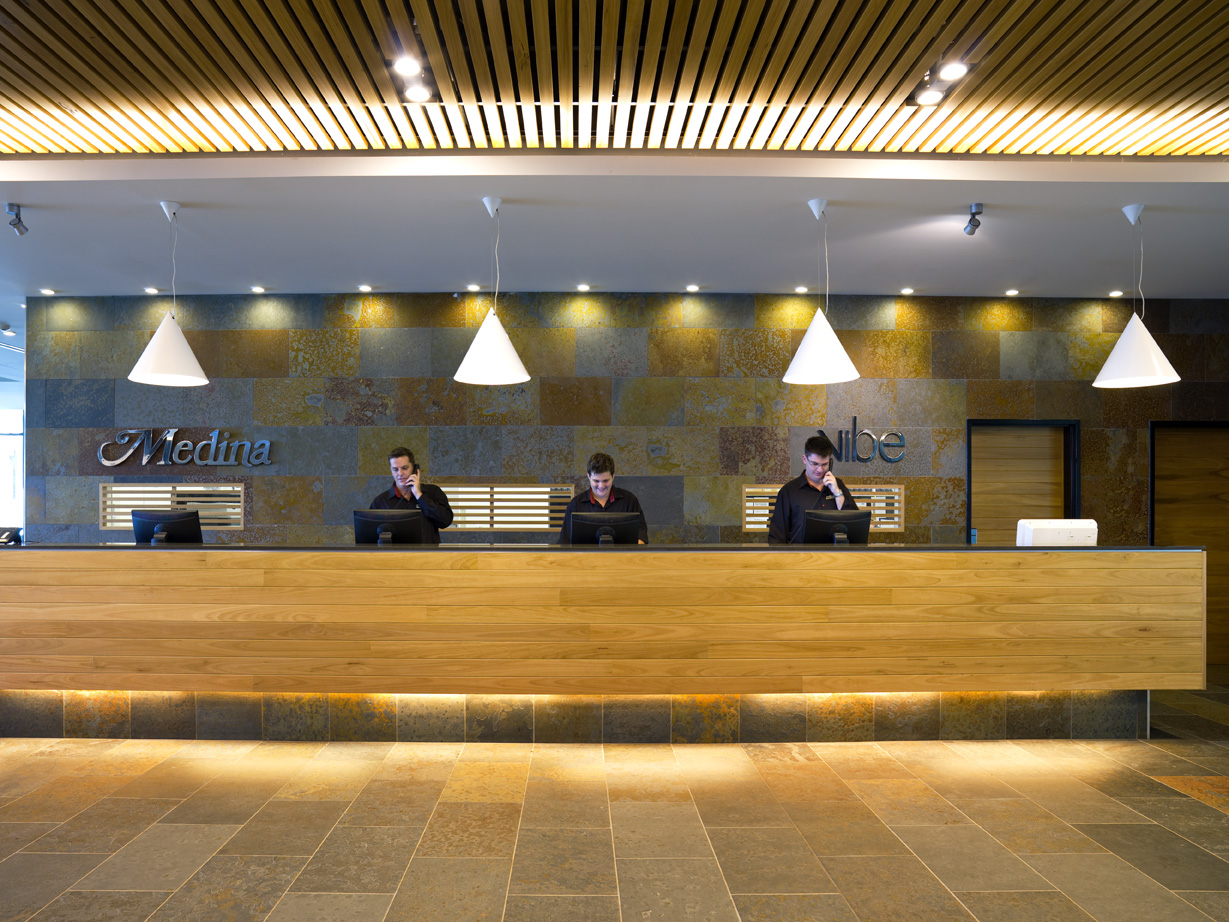
Reception is often one of the most clutter-filled areas of hospitality property. Credit and paying advice. Parking signage. Brochures. Check in and check out information. Newspapers. Luggage. Clocks. Get rid of as much of the extra paraphernalia as possible so that surfaces are clean and clear, brochure racks are tidy and anything not related to your own property brand is removed from the shot.
Lobby and Public Areas
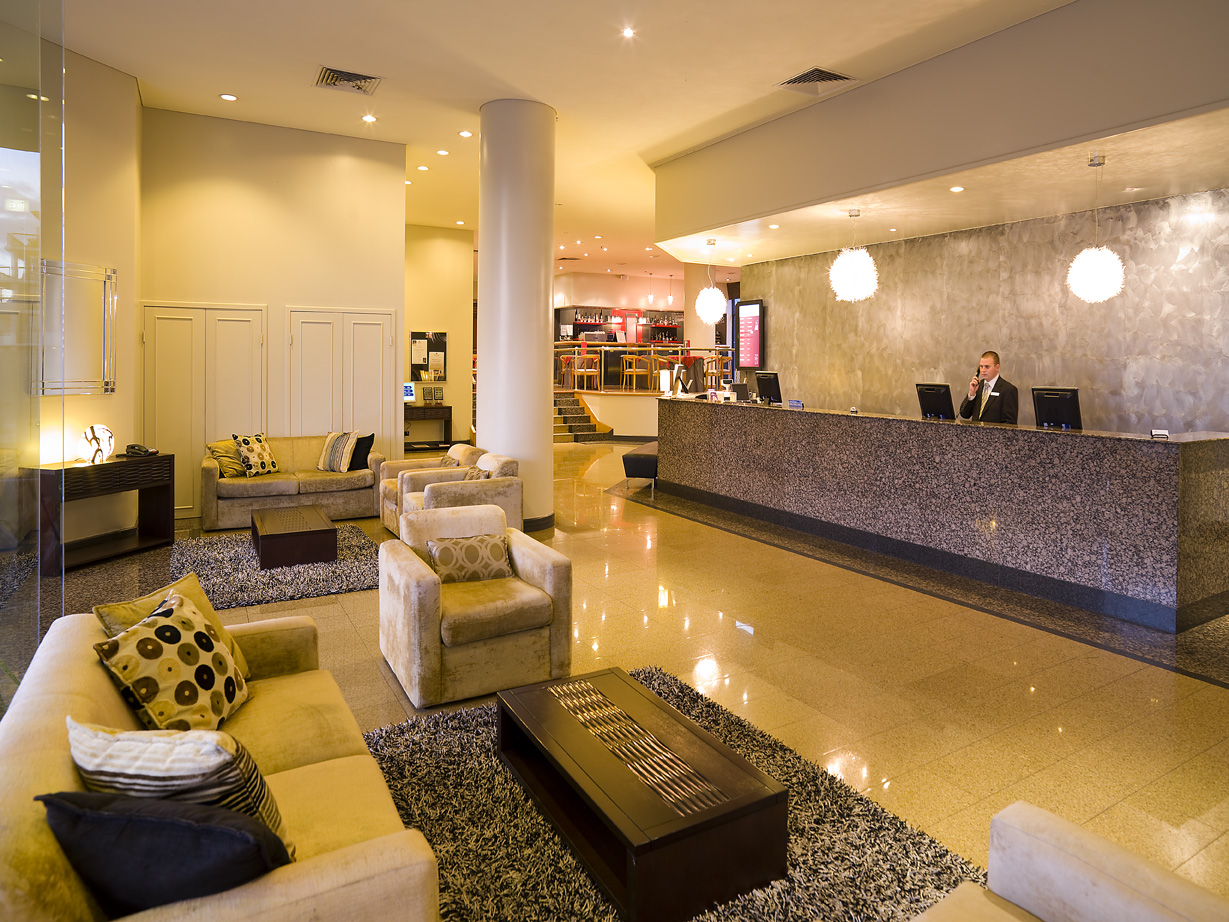
These areas are great opportunities to show ambience, artwork, space and natural light so make sure you capture these to your best ability. It can be helpful to have a staff member steering guests to a route that keeps them out of the shot whilst you shoot open spaces like these. Remember if a guest is clearly visible in a shot, you should get their permission to use it.
Restaurant
It will be up to you whether you choose to shoot your restaurant, bar, café and any other dining facilities you have with people or without. Shooting a full and busy restaurant can be difficult, people are constantly moving in and out of shot, lighting can be trickier and your photographer won’t have as much control of the environment, however these shots can be atmospheric and interesting if done well. Just remember that it can be a good thing to inform your guests about the purpose of the photographer and take note of anyone who wishes not to be involved.
Empty restaurants are certainly easier to set up; take some time to ensure your chairs are neatly aligned, you have as much natural light as possible, windows are open if relevant (and depending on the season: otherwise a roaring fire always looks wonderful if you have a fireplace!). Any al fresco dining opportunities, any views, cellars, lounge areas; all of these should be captured independently to give you an expansive and specific image library to use moving forward.
It can also be worthwhile to have your chef and bar staff prepare some of your most visually striking dishes on the menu, as well as a few coffees and cocktails, or any other signature offerings you can. Food photography can add a level of detail and elegance to your images; ensure your photographer is on stand-by to shoot them as soon as they are prepared.
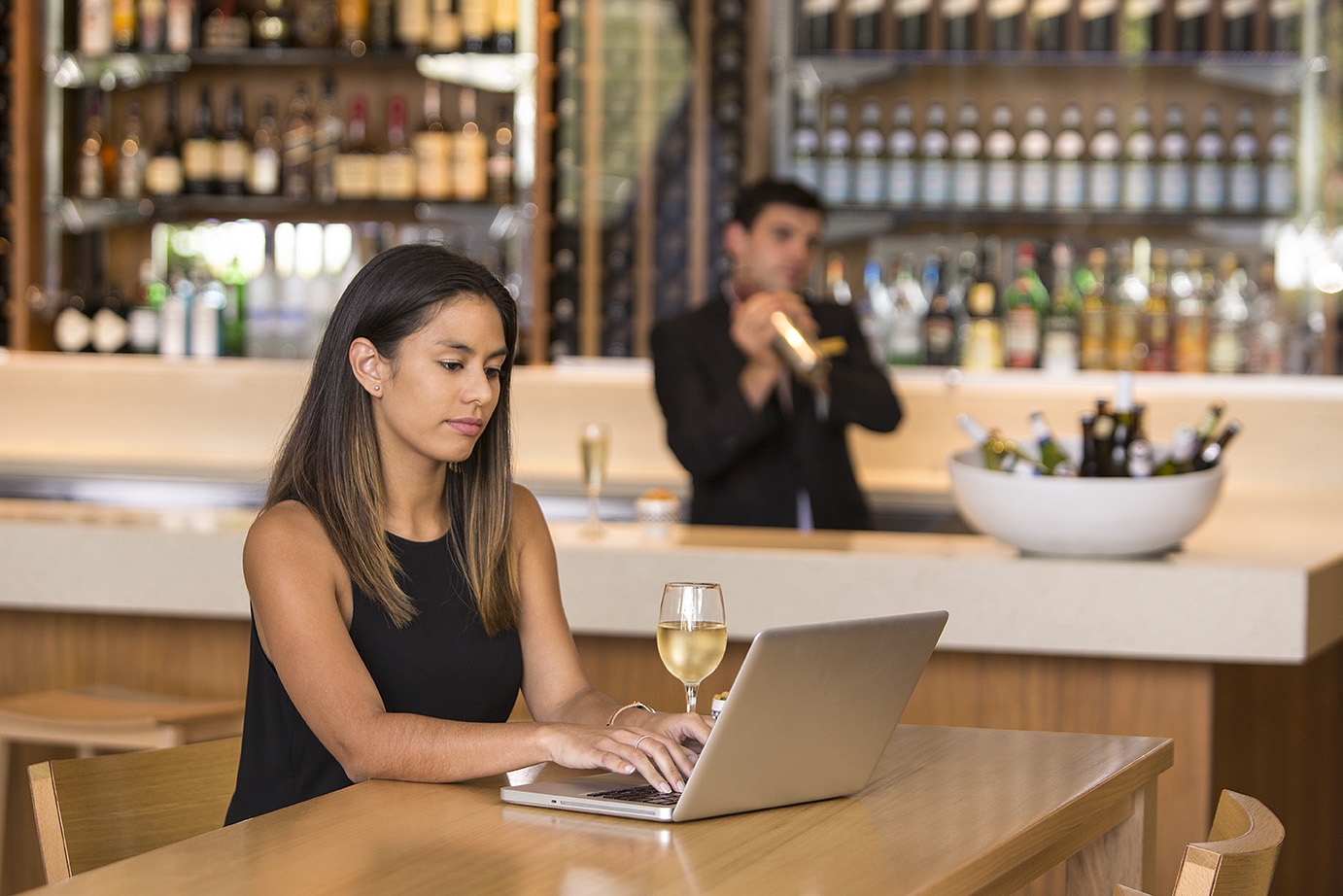
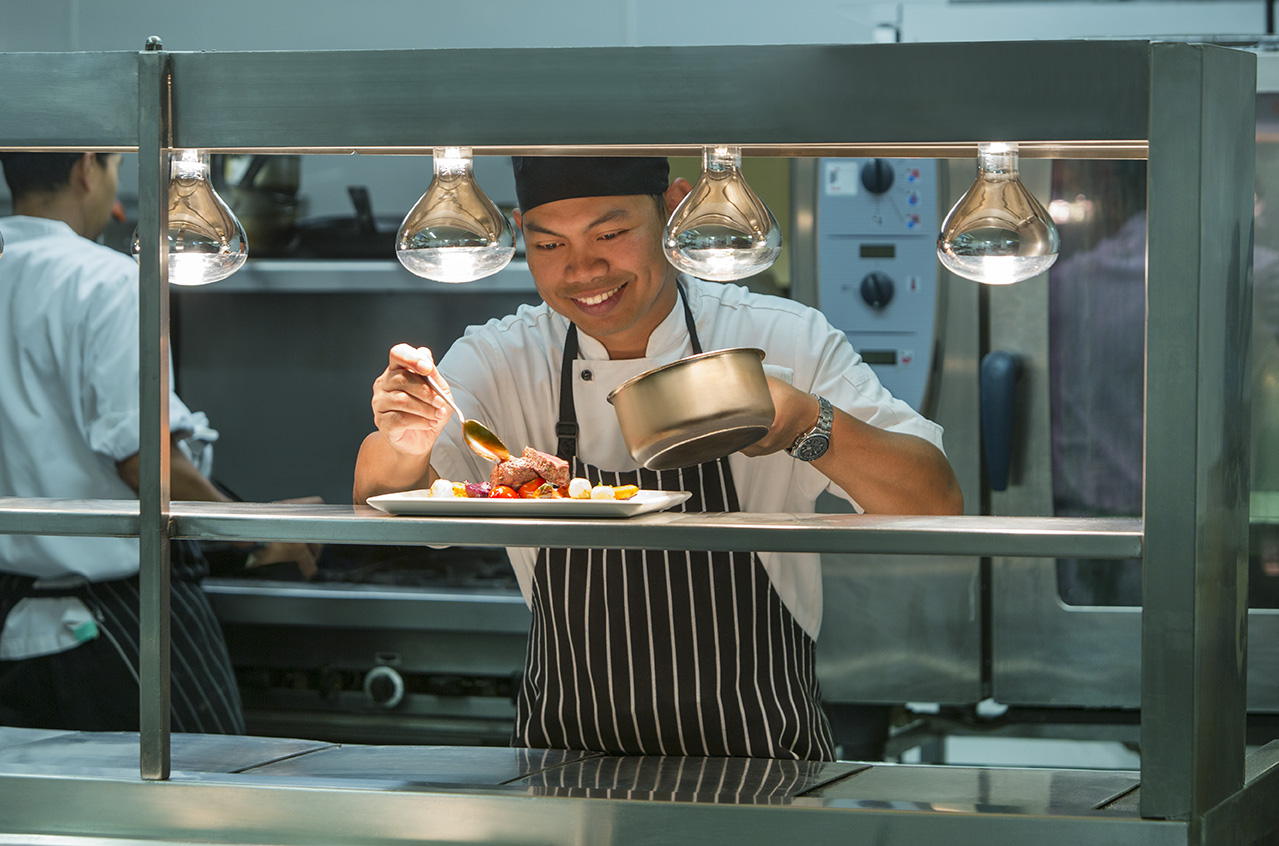
Rooms
Linen. View. Ambient lighting. If you have these under control you will be fine. The way you shoot your bed linen should represent the feel of your property. If you’re a luxury brand, you’ll be looking for perhaps a looser, tactile look; props such as flowers and books may be appropriate as well. Business hotels may choose to show a more streamlined look with ironed bed linen, orderly pillows and straight fold lines.
Shooting technology in rooms can be tricky and you should consider the life span of your photographs. Using props such as laptops can date an image very quickly, as can mobile devices. If you are including your TV screens in the shot; will you be upgrading to bigger, better plasma screens in the future and if so will your photography then be rendered out of date?
Room shots work well shot from the doorway looking outwards to a view, or front on to the bed. Always try to have two light sources when shooting; always try to maximise the natural light available, and have ambient light such as bed side tables on as well. Night shots can also add a more dramatic flair, in particular if your rooms have balconies and cityscape views.
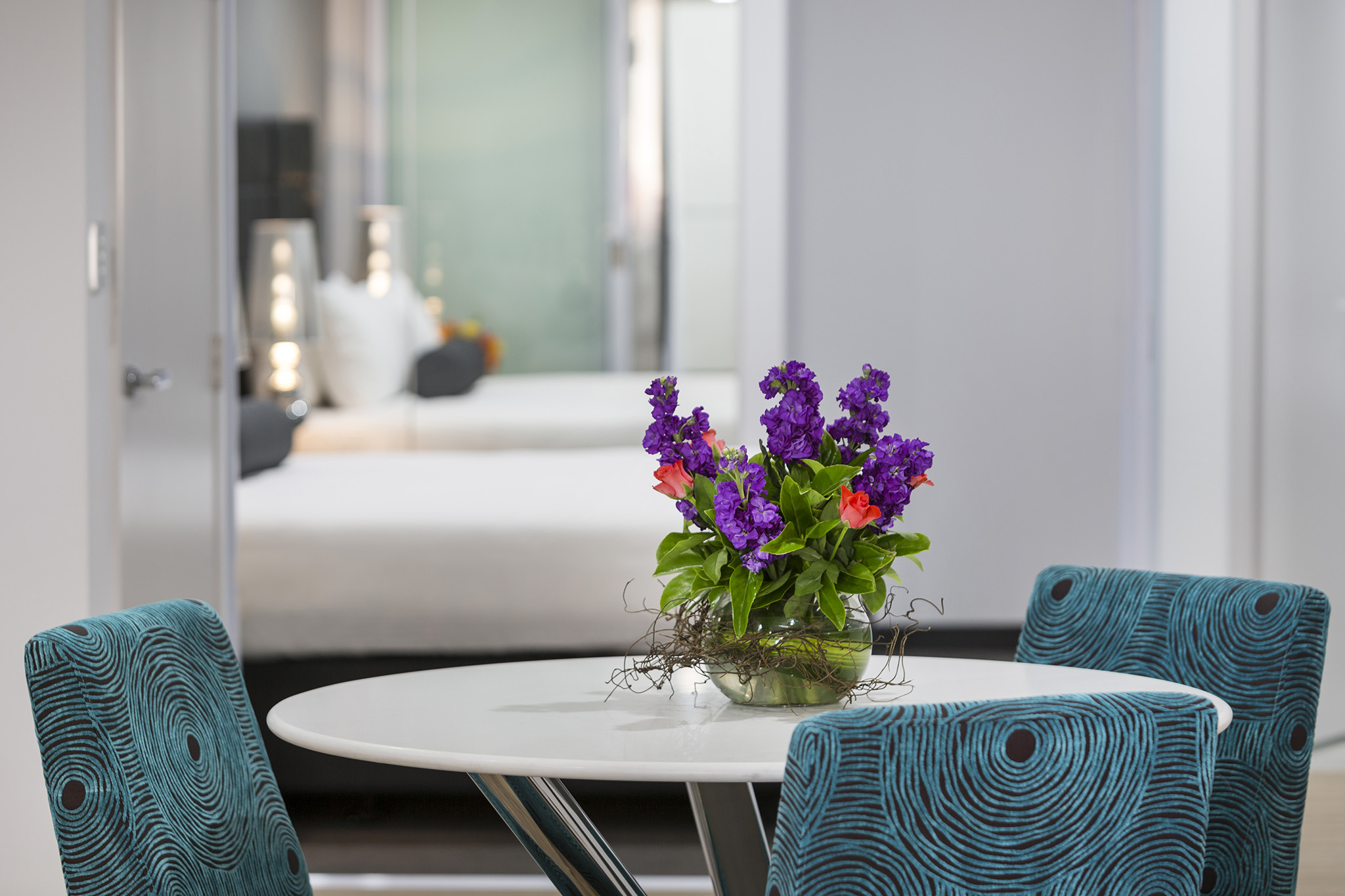
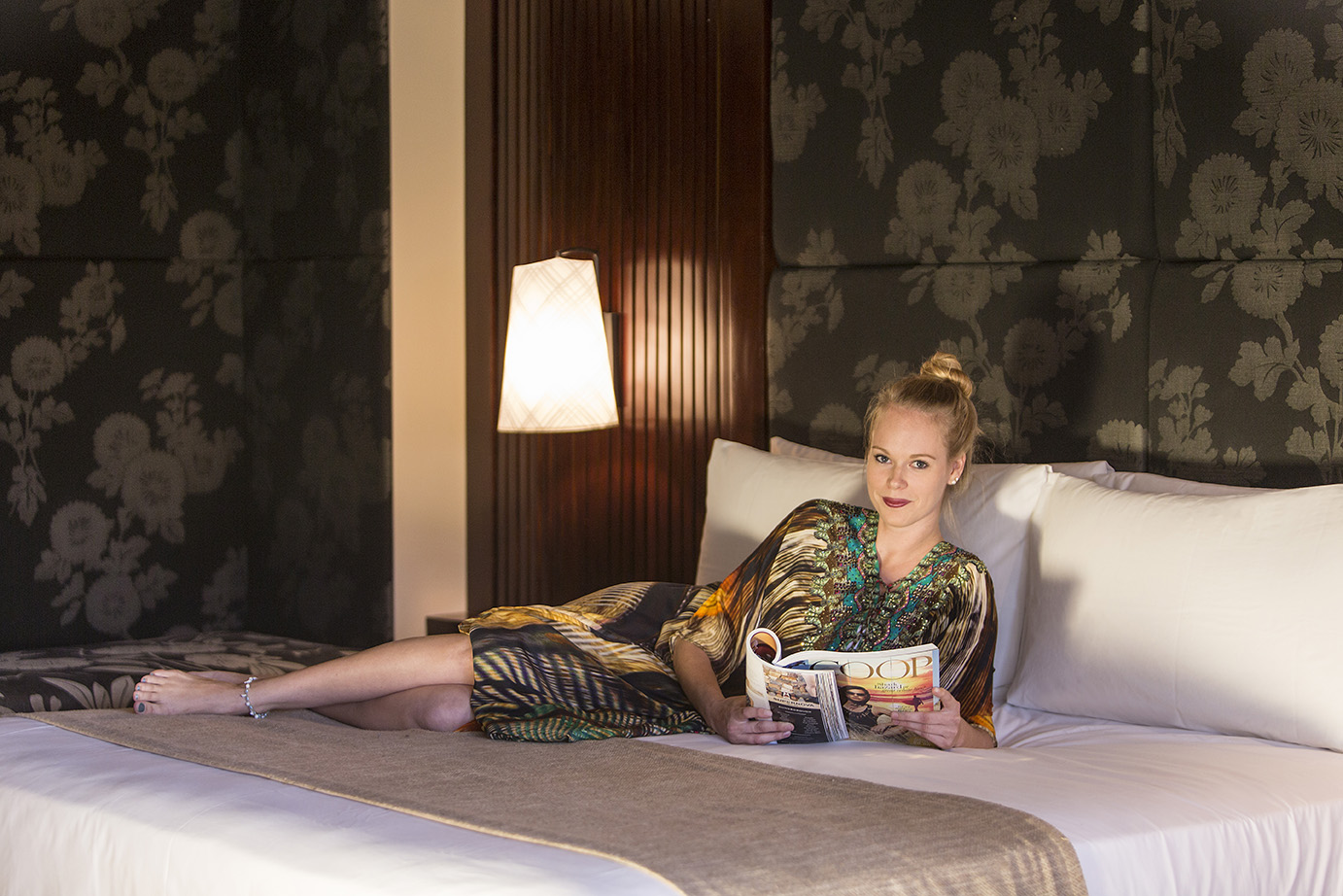
Conference and Function Spaces
It’s useful to invest in some real set-ups when shooting these kind of spaces. Your local event hire and wedding businesses may willingly donate table settings, cakes and decorations to your photo shoot if you are in a position to send new business their way as a result of promoting your conference and event spaces.
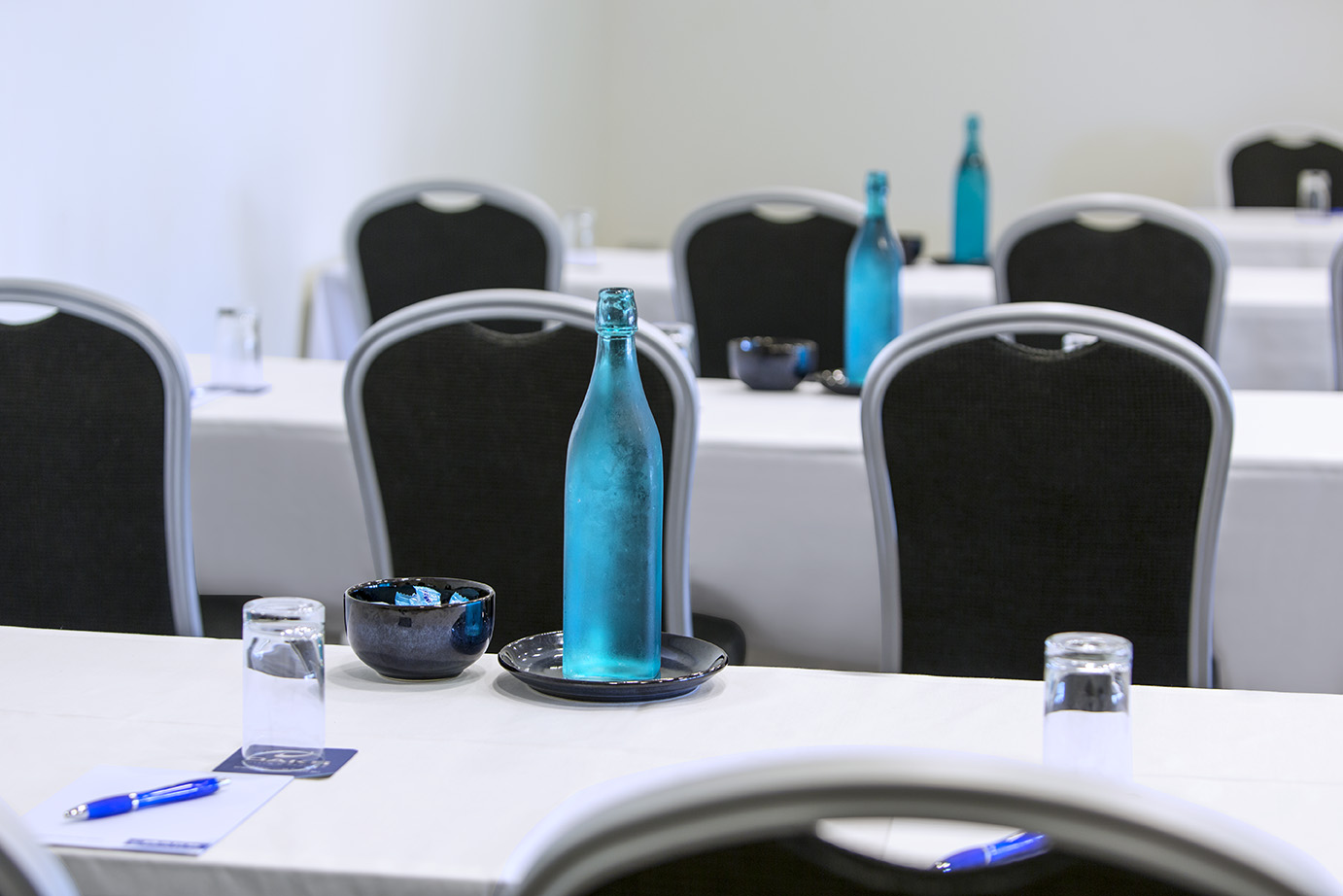
Exteriors
Exterior shots are important but much depends on the time of day that you shoot. Try and book your photographer to either start at dawn or finish at dusk, in order that they can take advantage of the softer light for your exterior shot. If you decide to shoot your exterior shots at night, it can also be effective you ‘light up’ your property as much as you can. Sometimes there is no easy way to do this; it literally means having your staff race around and switch on every light they can; but if you can achieve this to full effect it will make your property glow with warmth and look vibrant, warm welcoming – exactly the effect you are after!
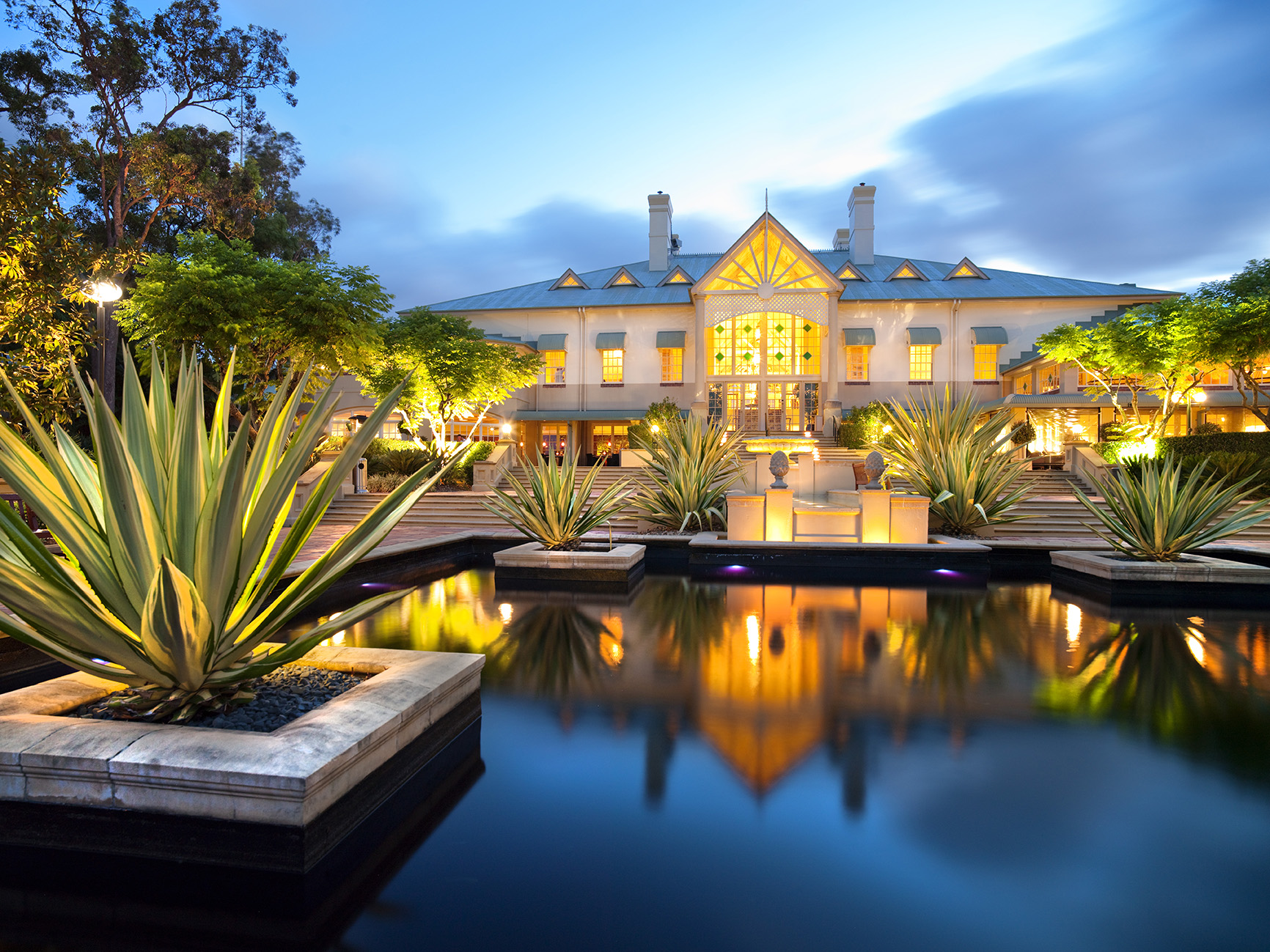
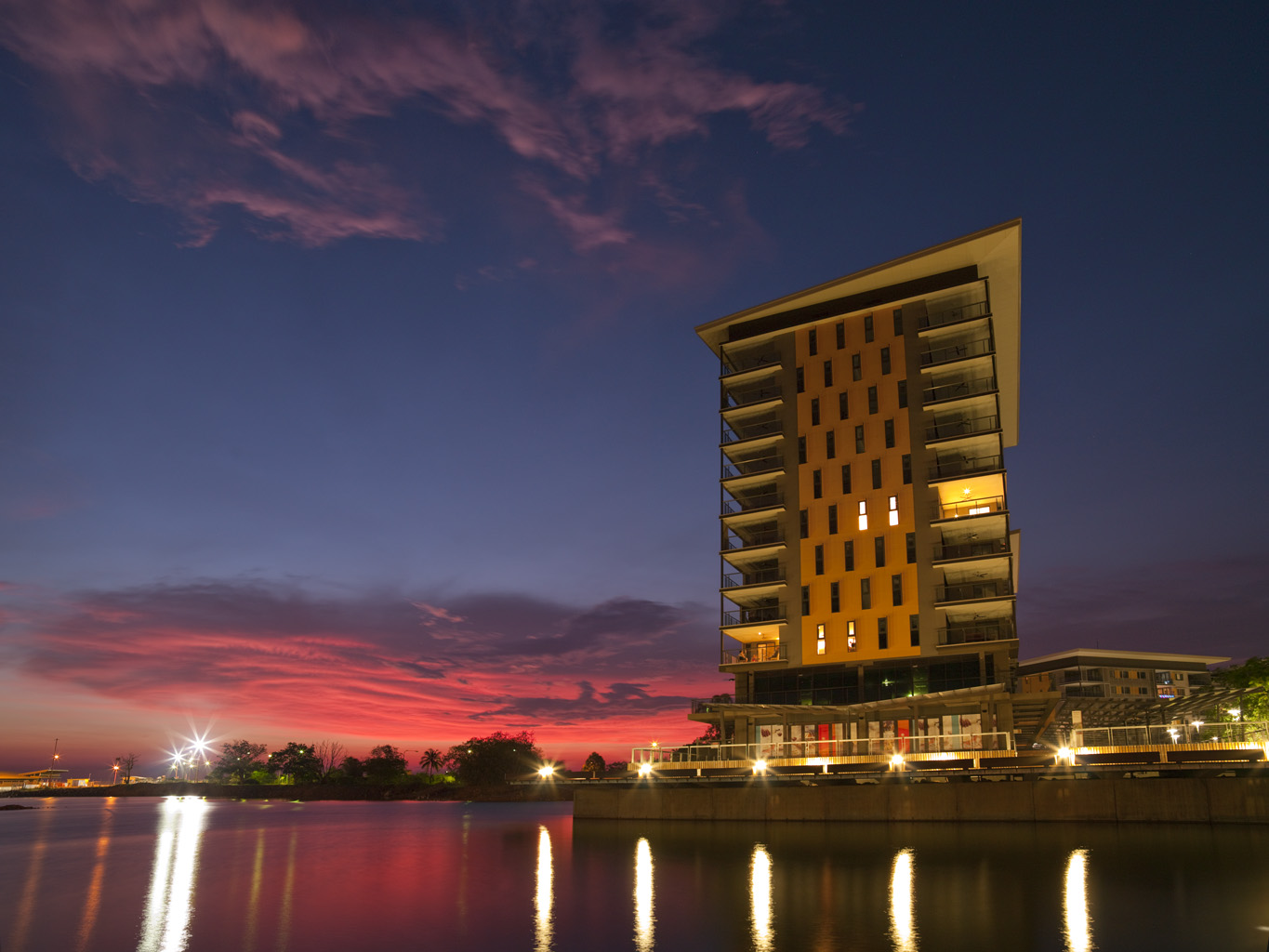
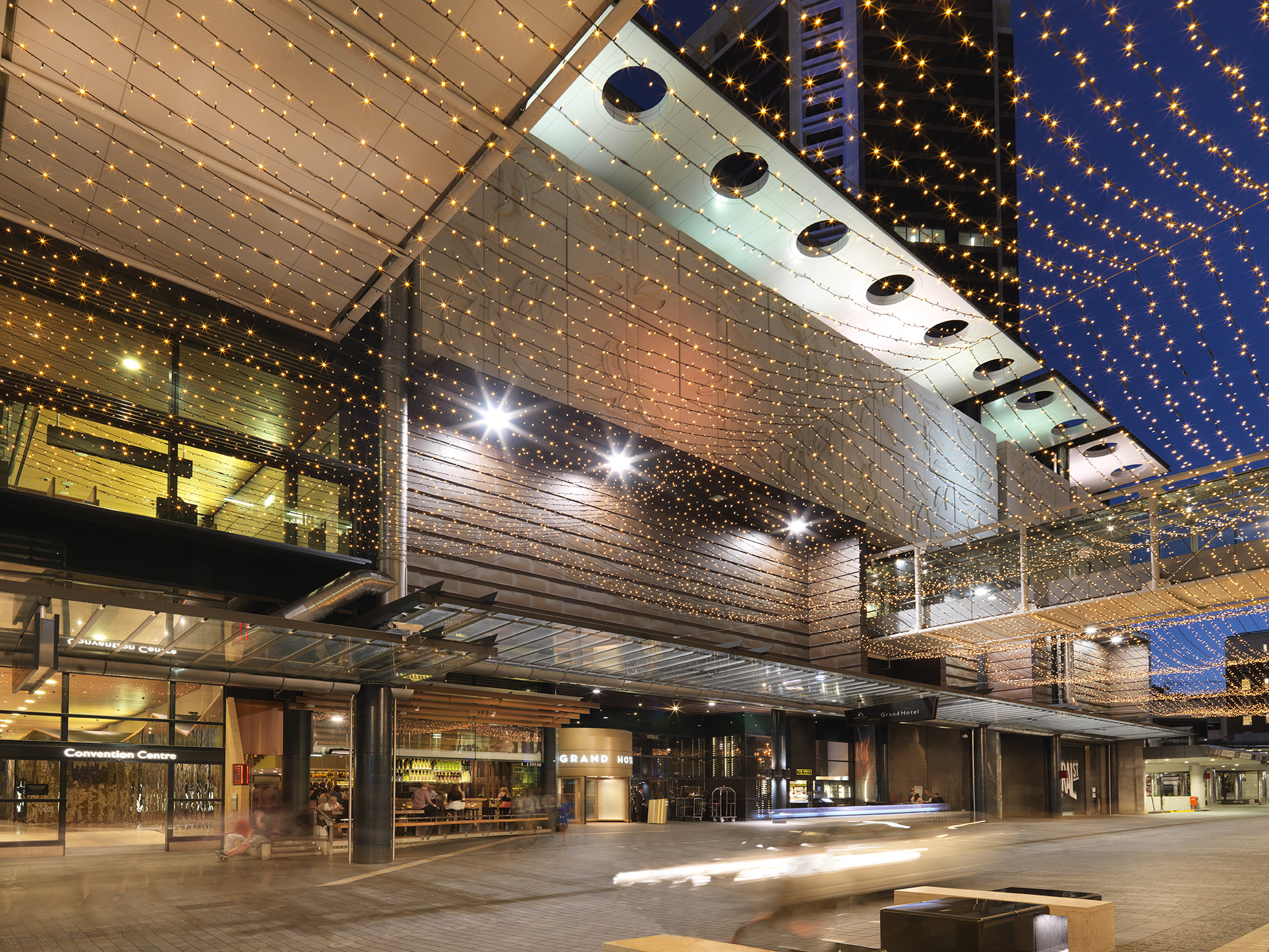
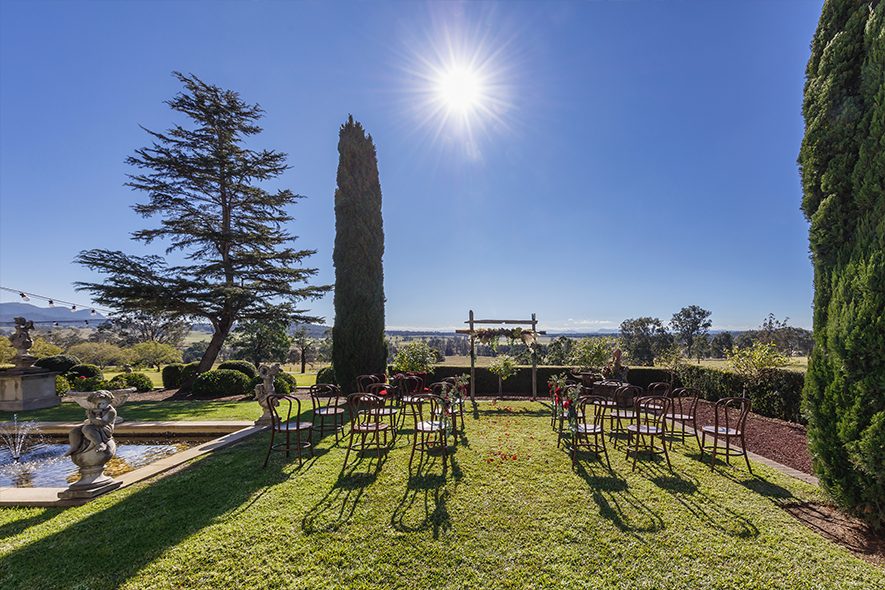
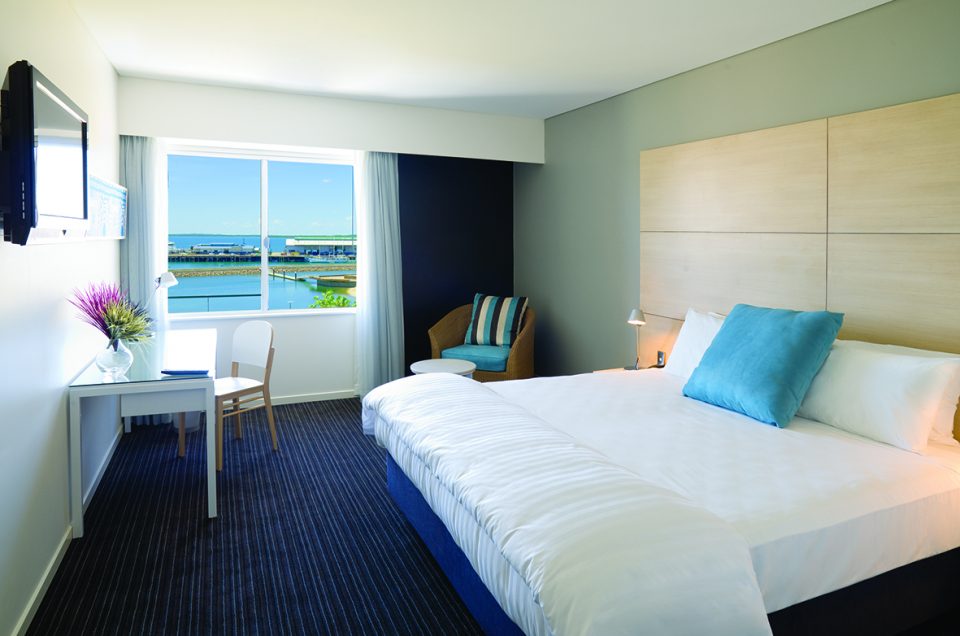
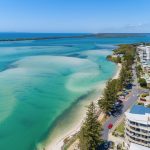
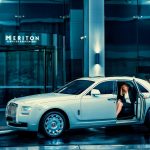
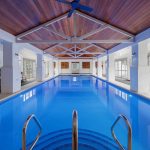
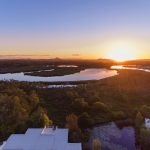

Leave a reply